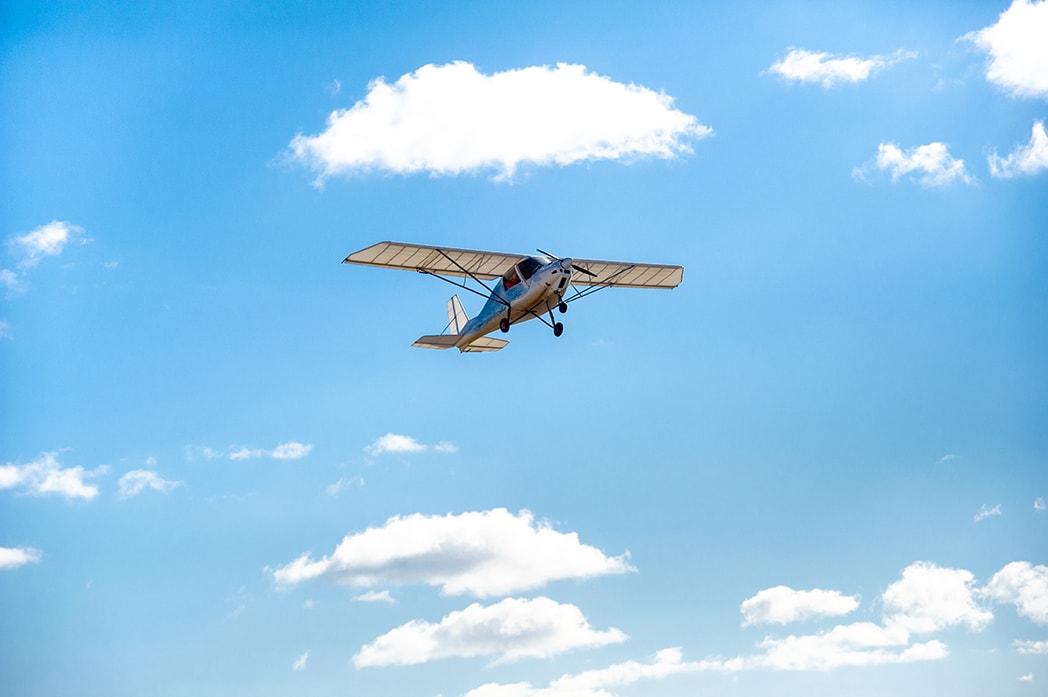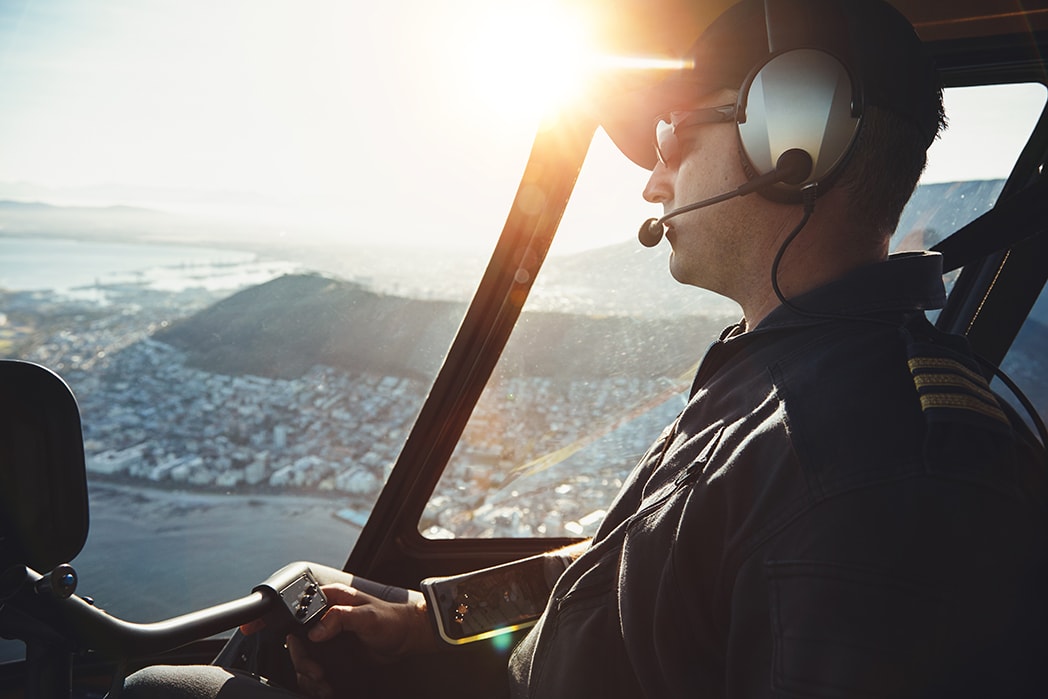AC 61-98D: Essential Guidance for Your Flight Review
Aug 14, 2025
AC 61-98D is an FAA advisory circular that tells you how to do your flight review and instrument proficiency check. It helps you stay current, safe and compliant with the regulations by outlining the procedures and best practices.
You need to know AC 61-98D if you are a pilot or an instructor to improve your skills and meet the regulatory standards.
Key Takeaways
-
AC 61-98D says personalized flight reviews tailored to your experience and flying environment is safer and more effective.
-
The flight review process includes ground and flight training with the possibility of extra training based on your performance.
-
Using FAA and AOPA resources like the WINGS Program gives you the tools to stay current and improve your skills for safe flying.
Understanding AC 61-98D

AC 61-98D is a guide for flight reviews to help pilots stay current and up to date with regulations. The FAA published this advisory circular to improve pilot proficiency and safety while complying with existing regulations for flight reviews.
It says flight reviews should be tailored to the individual pilot and their flying environment so they are more effective and relevant.
One of the key points of AC 61-98D is to minimize Loss of Control accidents which is a big problem in aviation.
Unlike a practical test that just checks for minimum standards, AC 61-98D views the flight review as a training event to assess and improve a pilot’s proficiency including the instrument proficiency check.
This way pilots are not just meeting the regulatory requirements but are actually getting better at flying, especially in high risk scenarios like instrument flight.
AC 61-98D doesn’t change the regulatory requirements for flight reviews; it just highlights areas for improvement beyond the minimums.
This advisory circular is important for both pilots and instructors as it outlines what to focus on during flight reviews and provides a structured yet flexible framework to improve safety and proficiency in the air for those who hold a pilot certificate.
Key Components of AC 61-98D
The meat of AC 61-98D is all about how to do a flight review. The FAA recommends that flight instructors consider the aircraft, flight operations and pilot experience level when planning a flight review.
This way the review is relevant and beneficial to the pilot, addressing their specific needs and operational environment.
Instructors are encouraged to develop a customized plan of action for each flight review, matching both the individual pilot’s needs and the regulations.
This often requires the instructor to use their professional discretion to prioritize training areas effectively.
This plan should include a review of current operating and flight rules as found in 14 CFR part 91, while also remaining consistent with federal aviation regulations part 61 to ensure compliance with FAA standards for pilot certification and proficiency.
The flight review includes at least one hour of ground and one hour of flight training but can be more depending on the pilot’s proficiency.
This allows the instructor to add more training as needed to make sure the pilot understands the skills and knowledge, and ultimately safer flight operations.
Preparing for Your Flight Review with AC 61-98D

Preparation is key to a successful flight review and AC 61-98D has all the details for pilots. Read the advisory circular to understand the specific requirements for the flight and the guidance for the flight.
This includes the minimums for ground and flight training and what your instructor may be looking for.
AOPA’s Flight Training Advantage program has resources to help you prepare for checkrides and improve your flying skills so you can prepare.
Using these resources will boost your confidence and readiness. Here’s what you need to remember about flight reviews:
-
One hour of ground time is required.
-
One hour of flight time is required.
-
More time may be needed based on your performance.
Preparation helps you meet the regulations and improves your overall flying.
Using the resources and understanding the information and expectations in AC 61-98D will have you ready for your flight review no matter if you trained under part 141 vs 61 programs.
Conducting a Thorough Ground Portion
The ground portion of the flight review is the foundation of the whole thing.
AC 61-98D spells out specific currency requirements pilots must meet before a flight review and emphasizes the need for recent flight experience in current general operating conditions.
Instructors must make sure pilots meet those requirements so they’re ready for the review.
During the ground segment, we need to cover current regulations and pilot privileges. Pilots need to have a grasp of the rules during this part.
Instructors verify that pilots are familiar with the applicable regulations and safety procedures which is key to learning.
AOPA’s Rusty Pilots seminars can also count towards the ground training for a flight review and help get lapsed pilots re-engaged and current with the rules.
By covering the topics in AC 61-98D, instructors can make sure pilots are current and compliant and ready for the flight portion.
Flight Portion: Maneuvers and Procedures

This is where the rubber meets the road. Pilots should familiarize themselves with the practical aspects of flight reviews as outlined in AC 61-98D which includes a list of required maneuvers.
Effective preparation is studying maneuvers that reflect current standards and practices in aviation.
Instructors will consider the aircraft category and type when determining the maneuvers for the review.
The review process is that pilots need to show proficiency in maneuvers necessary for safe flight.
Practicing these maneuvers before the flight review will make a huge difference in a pilot’s confidence and performance during the review.
The flight review should start with:
-
Takeoffs
-
Stabilized approaches
-
Slow flight
-
Stalls
-
Unusual attitudes
-
Flight by reference to instruments view using a view limiting device
By being proficient in these areas accomplished pilots can also be better prepared for real world flying and potential emergencies to fly IFR.
Utilizing FAA Resources and AOPA Programs
The FAA and AOPA have many resources to help pilots and instructors get the most out of their flight training. The FAA has guidance and updates on flight reviews and instrument proficiency checks.
These are super helpful for staying current with regulations and best practices.
AOPA has online learning tools including quizzes and videos to improve pilot skills and knowledge.
The WINGS Program has multiple learning opportunities including online courses and seminars for ongoing education. These programs help pilots improve their skills and stay proficient in their flying.
AOPA’s Air Safety Institute has over 70 safety quizzes online to test and improve pilot understanding of aviation safety.
Using these resources will have pilots ready for their flight reviews and instrument proficiency checks and be safer and more proficient.
The Role of Flight Instructors

Flight instructors are key to a successful flight review. They assess a pilot’s proficiency to ensure they can safe exercise their privileges in accordance with FAA standards.
A flight instructor needs to adjust the flight review to the pilot’s operating environment and experience level.
Before the flight review, instructors should review the pilot’s flight history and discuss the objectives with them.
This initial review helps tailor the review to the pilot’s specific needs and areas for improvement. After the flight review, instructors should give detailed feedback, highlighting both positives and areas for improvement.
The person giving the review must also create a supportive learning environment and ensure the review meets FAA expectations.
Instructors should also give ongoing feedback and suggest areas for improvement.
Open communication and constructive feedback helps instructors help pilots continue to improve and be safer and more proficient. This is the link between feedback and skill development.
Benefits of the WINGS Program

Participating in the WINGS Program gives you:
-
A flight review while you learn about common aviation hazards.
-
Training across different seasons and conditions.
-
Overall pilot readiness.
As a WINGS Program participant you can choose the aircraft categories you want to train in. Continuous learning and training through the WINGS Program helps you maintain and improve your skills so you can fly safer and more proficient.
Summary
In summary, AC 61-98D is the guide to flight reviews and instrument proficiency checks so you meet the regulations and improve your overall proficiency and safety.
By understanding AC 61-98D, preparing well and using the resources available, you can approach your flight review with confidence.
As we close, remember continuous learning and improvement is the mark of a proficient pilot. Use the guidance in AC 61-98D, prepare thoroughly and use the WINGS Program to take your flying to the next level. Fly safe and stay proficient.
Frequently Asked Questions
What is AC 61-98D?
AC 61-98D is an FAA advisory circular designed to improve pilot proficiency and safety during flight reviews and instrument proficiency checks. It serves as a crucial resource for ensuring high standards in pilot training and assessment.
What are the key components of a flight review as per AC 61-98D?
The components of a flight review according to AC 61-98D are tailored flight review plans, comprehensive assessments and at least one hour each of ground and flight training. This ensures a complete evaluation of a pilot’s skills and knowledge.
How can I prepare for my flight review?
To prepare for your flight review, familiarize yourself with AC 61-98D and use AOPA’s Flight Training Advantage program to make sure you meet the ground and flight training requirements. This will get you ready for the review.
What topics are covered in the ground portion of a flight review?
The ground portion of a flight review covers current regulations, pilot privileges, and relevant operating rules, ensuring the pilot fully understands and complies with these essential regulations.
What are the benefits of participating in the WINGS Program?
Being in the WINGS Program helps pilots understand aviation safety, get regular training in different conditions and personalized proficiency development. All of this adds up to better pilot skills and safety.
